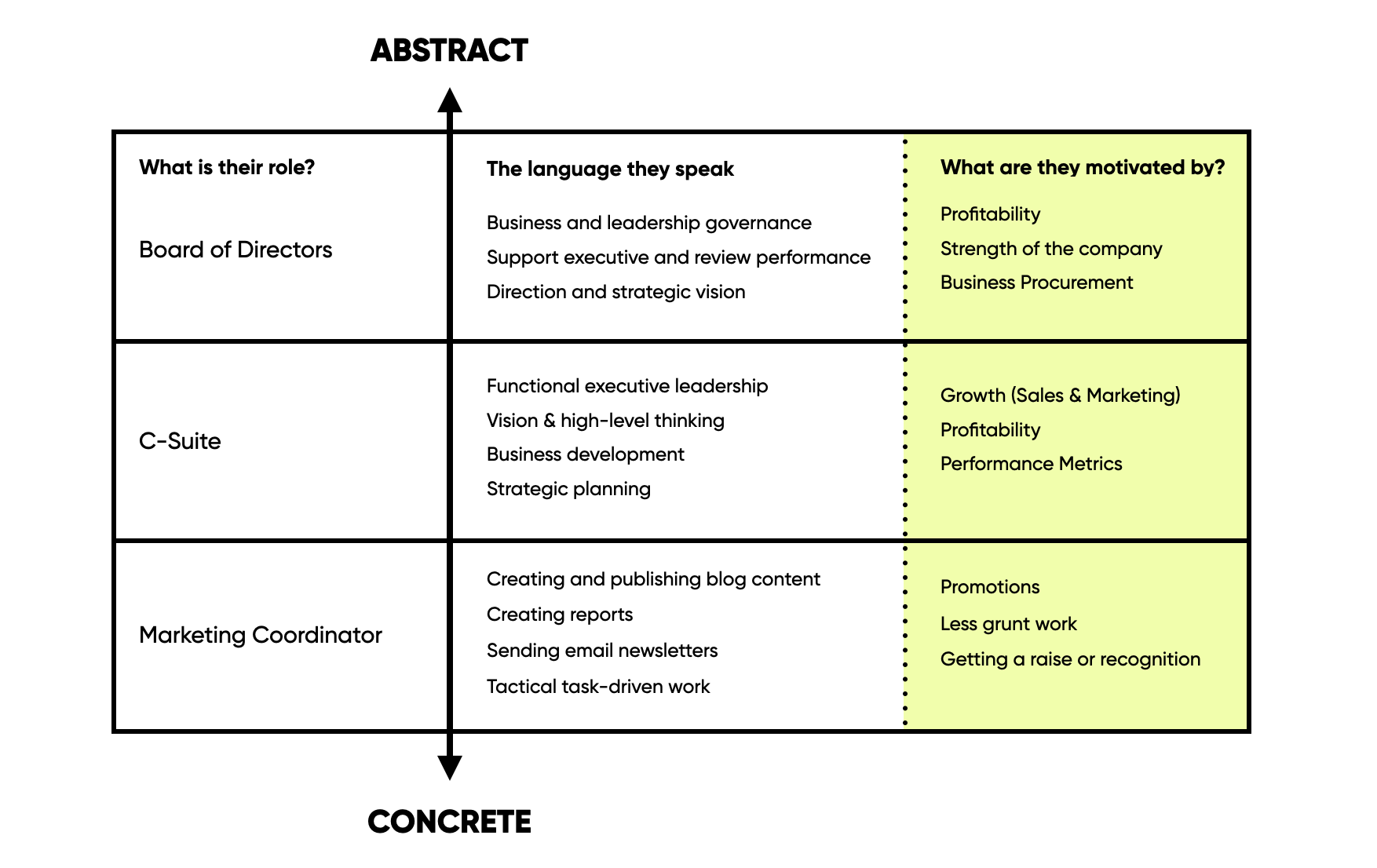The Key to Unlock New Business Opportunities Through Better Communication

Recently I was a guest on a client’s podcast about — you guessed it — the impact of COVID-19 on business. Specifically, we were talking about navigating change and uncertainty, which can be especially challenging nowadays for companies in industries that aren’t digital-first.
Naturally, the conversation turned to communication and collaboration, because that’s ultimately the point of digital transformation. Forging close connections despite distance is both an art and a science — one that has become top of mind for everyone who is working from home.
By now, the mechanics of it are coming together. We’re used to having meetings via video conferencing, and virtual collaboration tools are helping teams get the job done. (Although I always recommend not slacking in your online business chat. Be conscious, purposeful, and specific to foster shared understanding, aka relationship-building communication.)
With this new flexibility comes new responsibility — and opportunities. We’re working differently now (some companies more than others, depending on their pre-pandemic remote work policies), and customers are in the same boat. This opens the door for everyone in your organization to consider the next steps in navigating the new normal.
You might have noticed the unofficial slogan of the pandemic: “We’re all in this together.” The Great Pause is also a great equalizer. Time to take that perspective to heart, and make sure your internal channels of communication are open and welcoming.
Everyone counts
Wherever you sit in an organization, regardless of the role that you play, you have to think about value in terms of both capture and creation. How can you contribute in a meaningful way? What can you take in that helps you grow and evolve? And then collectively, how can you take that precious fuel that you generate internally and use it to add value to your customers’ lives?
These were all questions swirling around my podcast interviewer’s mind after she switched off the recording. In the post-interview wind-down, we casually chatted about her company’s podcast, which she took up from her apartment after shelter-in-place orders and managed to keep going by herself on a daily basis. Knowing that her audience is facing unprecedented challenges, my client committed to keep the helpful content flowing.
While the podcast was one of her pet projects, my client mentioned that she was finding it hard to get support for it at the management level. Meanwhile, a series of weekly webinars that had been planned for months was the leadership’s focus, as pivoting this carefully plotted marketing initiative in the face of a nationwide quarantine was tricky.
To the podcast owner, a 20-something digital native, meeting customers where they are and how they listen on a modest budget and production schedule made a ton of sense. And yet, she couldn’t seem to get the kind of support and traction she felt it deserved for an easy technological solution to engaging the company’s core audience.
My advice?
Become a positive disruptor, one who doesn’t attack upper management’s perspective but instead seeks to understand it first before building a case for something else.
A roadmap to better communication
One of the best ways to get on the same page with others is to be sure you’re speaking their language. In other words, do some legwork to understand your position in relation to their motivations, pain points, challenges, and objectives. This can be done with a simple mapping exercise:
- Draw a vertical line on a piece of paper. At the top of the line, put the word “abstract” and at the bottom, the word “concrete.”
- To the left of the word concrete, put your job title. (For example, “Marketing Coordinator.”)
- To the left of the word abstract, put others’ positions. (For example, my podcast client would put leadership and top decision-makers, like “Board of Directors” and below that, “C-Suite.”)
- Now, to understand what drives people at each level, draw a series of horizontal lines, so you’ve made a grid.
- Add a third column to the right, and jot down some notes. What are people at each level afraid of? What motivates them? What might show up here are things that speak to a generational or technological gap, for example. Be empathetic; imagine what keeps them up at night. You can use a tool like Empathy Mapping or the Five Whys, where you use the power of the simple question (“why?”) to get to the root cause of a problem or challenge.

Once your map is complete, if you’re not a decision-maker, you’ll be able to more clearly see what drives those who are both in control of budgets and responsible for results. Or, if you’re in a leadership role and you’re looking at this map to help find a way to rally your team, you’ll be more in touch with ways to alleviate stress and introduce positive motivation.
With that understanding, you can now speak each other’s languages more fluently. The work of a positive disrupter is to ask better questions to help build rapport and support for a new way forward. In the case of my podcasting client, she might want to find out more about the business objectives of webinars, what information management wants to be sure is communicated, budget considerations, and projected results. With this knowledge, she could then articulate the business cost and value of her podcast in terms of KPIs — a language her higher-ups speak. That way, she could make a solid case for allocating more resources to her podcast in relation to, not in place of, the webinar initiative.
Communication is the primary tie that binds human connection, which is something we need now more than ever before. The tools might make it virtual, but done with focus and intention, it can be sharper and clearer than ever before.
Need help figuring out where to start to improve your internal communications? I’m here to help. Check out The Progress Project, which is a free tool to help you navigate your ideas and determine how to make real progress.


